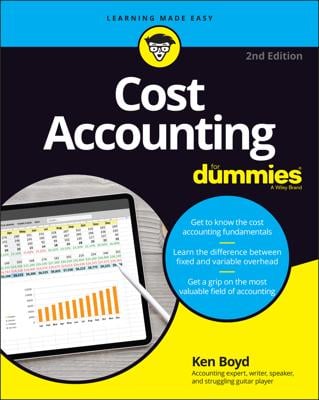Calculating payroll for hourly employees
When you’re ready to prepare payroll for nonexempt employees, the first thing you need to do is collect time records from each person being paid hourly. Some companies use time clocks, and some use time sheets to produce the required time records.Usually, the manager of each department reviews the time records for each employee he supervises and then sends those time records to the bookkeeper.
With time records in hand, you have to calculate gross pay for each employee. For example, if a nonexempt employee worked 45 hours and is paid $12 an hour, you calculate gross pay like so:
40 regular hours × $12 per hour = $480
5 overtime hours × $12 per hour × 1.5 overtime rate = $90
$480 regular pay + $90 overtime pay = $570 total pay
In this case, because the employee isn’t exempt from the Fair Labor Standards Act (FLSA), overtime must be paid for any hours worked over 40 in a seven-day workweek. This employee worked five hours more than the 40 hours allowed, so he needs to be paid at time plus one-half.
Calculating payroll for salaried employees
In addition to employees paid based on hourly wages, you also must prepare payroll for salaried employees. Paychecks for salaried employees are relatively easy to calculate — all you need to know are their base salaries and their pay period calculations.For example, if a salaried employee makes $30,000 per year and is paid twice a month (totaling 24 pay periods), that employee’s gross pay is be $1,250 for each pay period.

